The last full Council Meeting before we take our summer break (back in late August – in the meantime, I’ll have to find something else to write about) had a fairly full Agenda that started with an Opportunity to be Heard
Temporary Use Permit TUP00017 for 620 Third Avenue
I recused myself from this conversation, not because of an actual conflict of interest, but more because of a standard practice when a member of Council’s home or property are very close to an applicant’s, there may be a perception of unfair bias. There is no hard-and-fast rule about how close it too close, but this property is only few doors down from my home, and it is always better to err on the side of caution when it comes to perceived conflict.
This application is from Westminster House, who would like to operate a supportive housing facility for young women recovering from addiction in the Brow of the Hill neighbourhood near their other properties. We received some correspondence on this (all in support, though some concerned about the need for a painted crosswalk or other safety improvements at this corner), and I can’t comment on how many came to the Opportunity to be Heard, because I wasn’t in the room!
Council voted to approve the Temporary Use Permit.
We then moved onto a Report for Action:
Recreational Cannabis: Summary of Consultation, Proposed Regulation Framework, and Next Steps
Following up on our previous workshops and other discussions about the local regulatory framework on cannabis legalization, Staff came with some final discussion on the work they plan to do over the summer to get our local regulatory regime worked out. The City has been having, I think, a pretty fulsome discussion of a local regulatory regime around the legalization of cannabis, and Staff now has a good framework to put together some model Bylaws and changes to existing Bylaws to make the transition as smooth as possible.
We had a few of open houses for the general public in June, along with one targeting the local business community. Neither was overwhelmed with response (indicating, I think that people are not as worried as perhaps us regulators are about impacts), but some positive feedback was provided to staff. We also had an on-line survey, with more than 300 responses (and I love that staff provided a concise summary of over- and under-represented demographics in the consultation, this is really valuable info for a detail geek like me!). Here is where we are at:
Locations: The City is putting a 200m distance between cannabis retail locations, and are creating a 150m buffer from schools and other “child-centric” land uses. The only change made to the map proposed by Staff was to remove the 150m buffer from our core Downtown business area (although the 200m separation would still apply).
Business licenses: The rules around business licensing will very closely parallel those for liquor stores, in regards to external appearance, staffing, hours of operation, etc.
Manufacturing: as suggested earlier, will be limited to M-2 zones that provide appropriate security and other site characteristics.
Cultivation: the City is not going to make any rules above or beyond the ones by the provincial and federal government regarding growing your own for personal use.
There was quite a bit of discussion around the rezoning process that we will undertake. It will not be a quick one by the look of it, and will eat up quite a bit of staff resources. I hope (and asked staff to evaluate) some sort of group rezoning application process to avoid the duplication we will see with a number of first-time applicants. With extensive public consultation (Advisory Planning Commission, Resident’s Association, Open House, Public Hearing, etc.) for each individual applicant after a year doing public consultation on where we will and will not allow these operations seems incredibly redundant, a draw on staff resources, and a burden for the community.
We also had quite the discussion about whether “first come- first served” for the limited number of initial applications is fair, or whether we should have some objective/subjective evaluation of application quality, or even a lottery system for initial applicants that meet some minimum threshold of application. This speaks to procedural fairness, and wanting to incentivize local entrepreneurship over global multinationals (to keep more of the benefits in the community). It is a tough process to wrap ones head around.
In the end, we came up with some advice for staff, and will see how that pans out at the end of summer when we hope to have these regulations drafted into Bylaws.
The following items were Moved on Consent:
Status of 2015-2018 Strategic Initiatives – Update for First Half of 2018
Staff are reporting out (as they are wont to do twice a year) on progress on the Strategic Initiatives that Council identified for this term. From a Council point of view, most of the work for this term is done. We have three council meetings until the election, and the last two will no doubt be clouded by the pall of that oncoming storm. That said, staff are still working away, and summer is a time when a lot of actual work gets done in the City, as time- and effort-consuming council meetings and public consultations head to the back burner.
BC Penitentiary Cemetery – Interpretive Signage and Unveiling Event
There has been an ongoing effort to recognize the BC Pen cemetery. It is a place where predominantly marginalized people were buried, including hard criminals, and it is difficult for some to think about these graves as something worth memorializing and saving, but this is an important piece of our History as a City and a province. The court and penal systems, imperfect today, were generally atrocious in the early part of the last century, especially for people of colour, for the indigenous population, and foe people with mental illnesses. Our ideas of what constitutes “society” today is different than it was then, and it is worthwhile for is to spend time contemplating those changes and what we can learn from them. New West is a compassionate city, and a historical City, and respectfully memorializing this site could be thought of as a encapsulation of that.
An interesting side-point for a Child of the Kootenays is the Doukhobor names of several men who died in prison the 1930s. I suspect (but can’t be sure) that these men were part of the 1930’s crack-down on “un-Canadian activities” in the D0ukhobor community that occurred in the area around my home town. Alas.
Recruitment 2018: Seniors Advisory Committee Appointment
There is a change in one of the community representatives to this committee.
Recruitment 2018: Restorative Justice Committee (RJC) Appointment
There is a change in CERA representative to this committee.
Recruitment 2018: Parks and Recreation Committee Appointment
There is a change in SD40 representative to this committee.
Recruitment 2018: NTAC Appointment
There is a change in MVHRA representative to this committee.
509 Eleventh Street: Remedial Action Requirement Update
We had a longer discussion about this problem property back in November, and this report is an update on enforcement actions. It is problematic, the many steps we must go through to take action on someone’s private property, but staff are carefully working through the process and assuring that we are following a defensible path.
838 Ewen Avenue (Modular Housing): Development Permit to Facilitate a 44 Unit Housing Development with Support Services for Women – Issuance of Development Permit
The Temporary Modular Housing project in Queensborough requires a Development Permit, but that permit does not require a complicated public process following the rezoning because there are no outstanding variances in the development. Council just needs to agree to issue the Permit, which we did.
Naming of the Interim Multi-Sport Facility
There is going to be an “Interim” facility built in Queens Park to replace many of the functions of the Arenex, and it needs a name. As it is interim, I am ok with the fairly innocuous and descriptive name “Queens Park Sportsplex” as proposed by Staff. I am sure a nickname will develop organically (Sporty McSportsface?)
315 Fifth Street: Development Variance Permit to Vary the Height Requirement – Consideration of Opportunity to be Heard
The property owner here wants to finish a basement, which requires lifting the house so it is a little more than a foot higher than permitted in the zoning. This requires a variance, which will require a public process. There will be an Opportunity to be Heard on August 27th, if you want to come out and tell us what you think.
The following items were Removed from Consent for discussion:
Preparation of a City Theatre Policy –Workplan
With the City currently the owner of two performance theatres, and potentially the owner of three if the plan for the future of the Massey pans out, we need an plan for how to get the most value out of these assets. The discussion of how to balance the desire to support local artists, students, and arts programming, while also providing stages for major performances, and balancing the revenue stream to minimize the amount of subsidy the City needs to provide while still meeting its goals- that takes some strategic thinking. This report provides the workplan for developing that theatre strategy.
Official Community Plan: Launch of Phase Two of the Infill Housing Program
As the next phase of policy work coming out of our new Official Community Plan, staff is looking at ways to accommodate more flexible housing options through allowing different infill density types. This could include more duplexes on smaller lots that traditionally used for duplexes and more common subdivision of single family lots into more compact lots (think 25-foot lots instead of 50 or 60 foot).
I think there have been some significant changes in the region and in New West since 2016 when we adopted the OCP. The regional housing crisis was percolating around our edges then, we are fully immersed in it. The $1Million line for single family homes has swept through New West, and how we measure “affordable” or “family friendly” family housing has changed remarkably in just two years.
The work plan here includes several steps around one of the more modest forms of infill density, including economic analysis of the viability of it in the current land price environment. I’m not a land economist but I would need to be convinced by one that making a single family house in to two single family houses will solve any of our most pressing problems. We need to have a more frank discussion about more middle-density housing further from the arterial roads if we hope to build the flexible, affordable, and accessible housing stock for the next generation. So I asked that staff expand this economic analysis to take a renewed look at the economics of the “next step” of infill – tri- and quadraplexes, cluster homes, and other alternative forms that can maximize flexibility of some of our single-family-detached areas.
The ground is moving so fast on land value. We need to not be afraid to challenge some of the assumptions make two years ago when we finalized the OCP.
302 Twelfth Street (Key West Ford): Development Permit for Building Addition and Façade Improvements – Council Consideration of Issuance
Key West are great community partners in New Westminster, and am glad to see them investing in making their commercial space more viable. They came to the city to ask for a Development Permit, and have worked on it for a while.
The corner of Third and Stewardson is an aggressively pedestrian-unfriendly location, with heavy traffic and not a lot of room between the Key West fence and that traffic. And because the SkyTrain ROW and the railway, this is the only pedestrian crossing of Stewardson for more than a kilometer and a half. It is an important pinch point for pedestrians, and a horribly uncomfortable and arguably unsafe one. Through this application, Key West has given a corner cut that should improve the pedestrian experience at that corner.
Pile Driving Technology: Consideration of Restrictions on the Use of Diesel Impact Hammers over 30,000 Foot Pounds – Bylaw for First, Second and Third Readings
The City is essentially banning the loudest form of pile drivers, those that use a diesel impact hammer to advance the pile. This should result in a measureable reduction in pile driving noise in the City.
Ministry of Transportation and Infrastructure Outstanding Referrals: Update and Five Related Bylaws – Consideration of Readings and Public Hearing Waiver
These are five recent rezoning-type Bylaws that, due to a procedural SNAFU related to determining the buffer distance from MOTI infrastructure, missed having appropriate Ministry of Transportation review. So we need to back them up and do them again, excepting that we do not have to go to Public Hearing again, reasonably assuming that the public engagement process for these application was fairly met in the original process.
We then finished up with the regular run through of Bylaws:
Zoning Amendment (1050 Boyd Street and 1005 Ewen Avenue) Bylaw No.8033, 2018;
Zoning Amendment (1102, 1110, 1116 and 1122 Salter Street) Bylaw No. 8034, 2018;
Zoning Amendment (630 Ewen Avenue) Bylaw No. 8035, 2018;
Zoning Amendment (420 Boyne Street) Bylaw No. 8036, 2018; and
Wood-Boyne Street Road Closure Bylaw No. 8037, 2018
As mentioned above, these five rezoning bylaws that are being re-launched in order to correct a procedural mistake in relation to Ministry of Transportation consultation were each given two readings.
Building Bylaw Amendment (Pile Driving) Bylaw No. 8030, 2018;
Bylaw Notice Enforcement Bylaw Amendment No. 8031, 2018; and
Municipal Ticketing Information Bylaw Amendment No. 8032, 2018
These Bylaws that makes diesel-impact hammers for pile driving in the City and set the appropriate fines, were given three readings.
Five Year Financial Plan (2017 – 2021) Amendment Bylaw No. 8023, 2018
This Bylaw that updates our five-year financial plan was adopted by Council. It is now the law.
Official Community Plan Amendment (838 Ewen Avenue) Bylaw No.8021, 2018; and
Zoning Amendment Bylaw (838 Ewen Ave) No. 8022, 2018
These Bylaws discussed at the last Public Hearing that permit the building of a 44-unit Temporary Modular Housing project in Queensborough were Adopted by Council.
Utility Commission Bylaw No. 8029, 2018
This Bylaw that updates the name and mandate of our Electrical Utility was Adopted by Council.
And that was the last meeting of the spring session of Council. Our next regular meeting is in late August, meaning Staff can get some work done without being hassled by Council! Have a good summer!
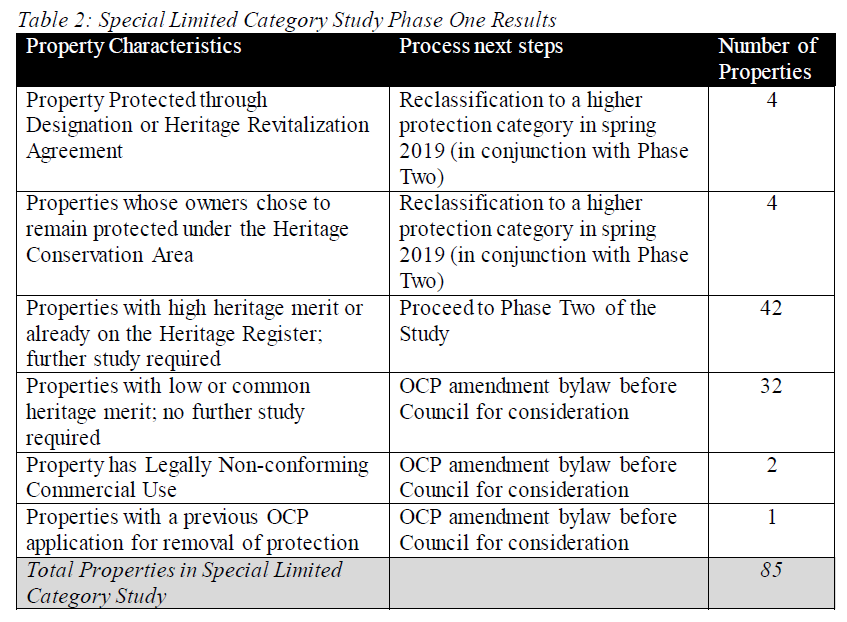
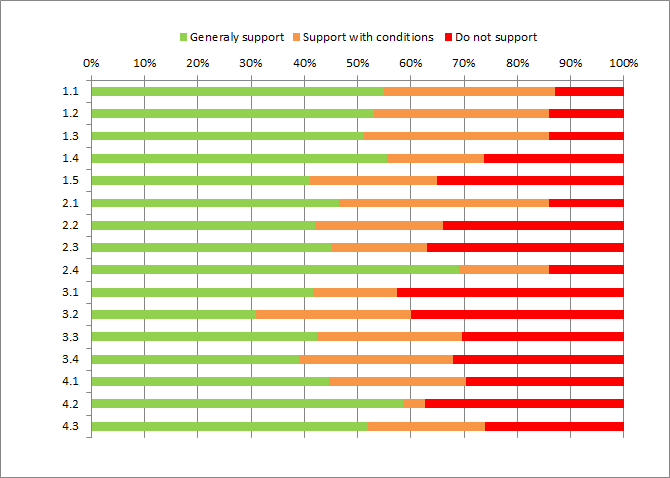
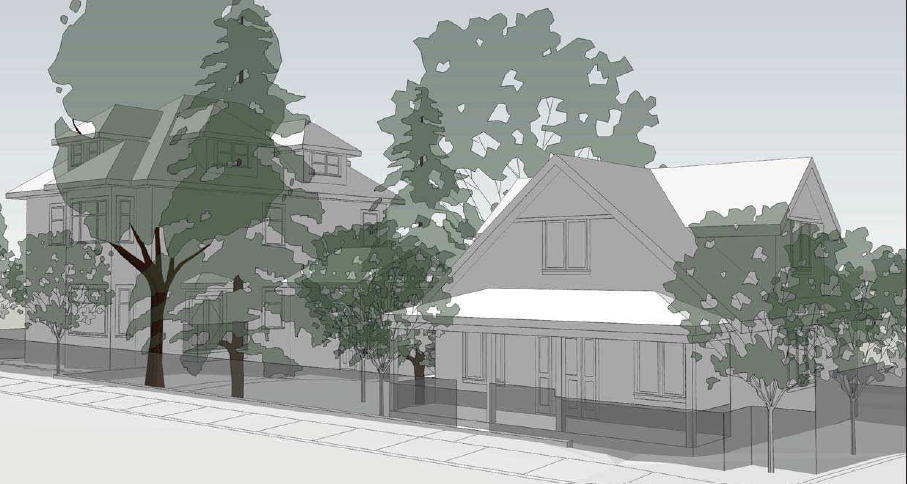 Heritage Revitalization Agreement Bylaw No. 7977, 2018 and
Heritage Revitalization Agreement Bylaw No. 7977, 2018 and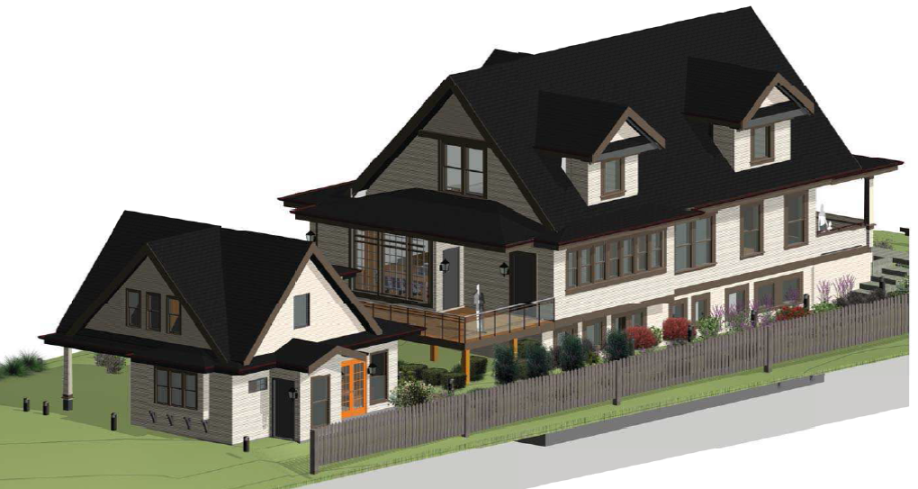 Heritage Revitalization Agreement Bylaw No. 7979, 2018 and
Heritage Revitalization Agreement Bylaw No. 7979, 2018 and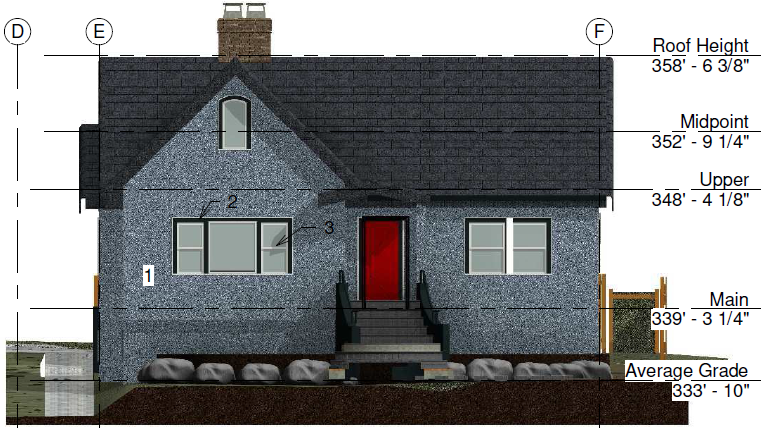 Heritage Revitalization Agreement Bylaw No. 7989, 2018 and
Heritage Revitalization Agreement Bylaw No. 7989, 2018 and Heritage Revitalization Agreement Bylaw No. 8004, 2018 and
Heritage Revitalization Agreement Bylaw No. 8004, 2018 and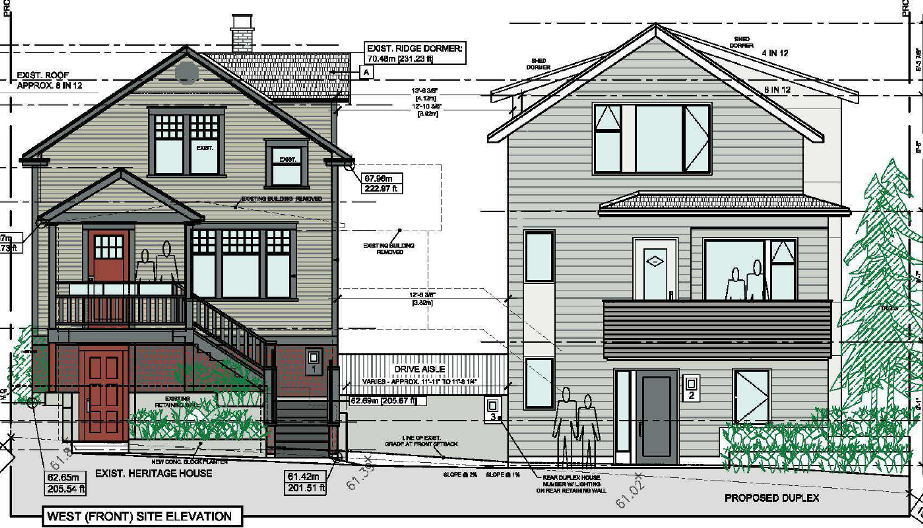 Heritage Revitalization Agreement Bylaw No. 8007, 2018 and
Heritage Revitalization Agreement Bylaw No. 8007, 2018 and This project would see a banquet hall built on a vacant lot near the Casino in Queensborough. We received no correspondence on this project, and no-one came to speak to it. Nothing controversial here, and it will be good to see a piece of commercial property developed. Council voted unanimously to support the Third Reading.
This project would see a banquet hall built on a vacant lot near the Casino in Queensborough. We received no correspondence on this project, and no-one came to speak to it. Nothing controversial here, and it will be good to see a piece of commercial property developed. Council voted unanimously to support the Third Reading.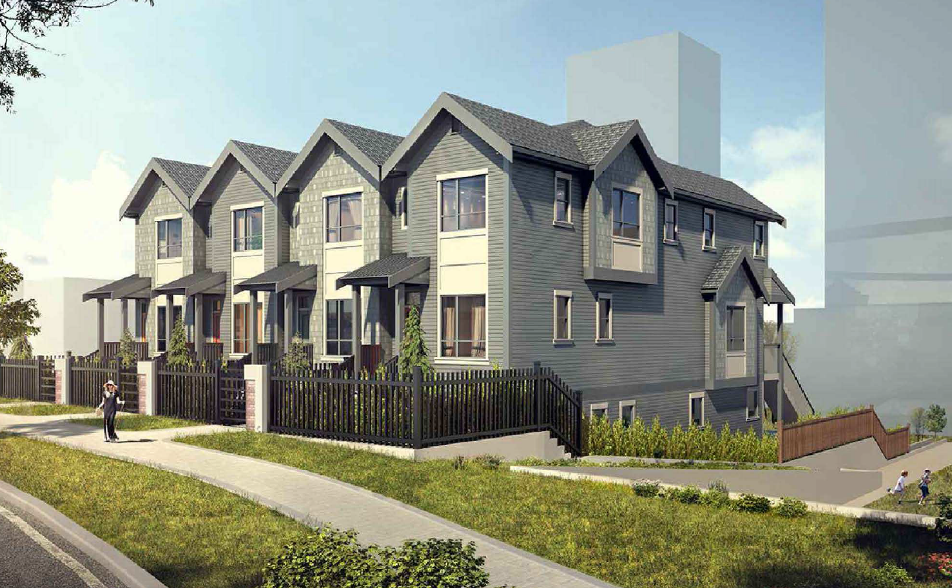 Zoning Amendment Bylaw No. 7954, 2018
Zoning Amendment Bylaw No. 7954, 2018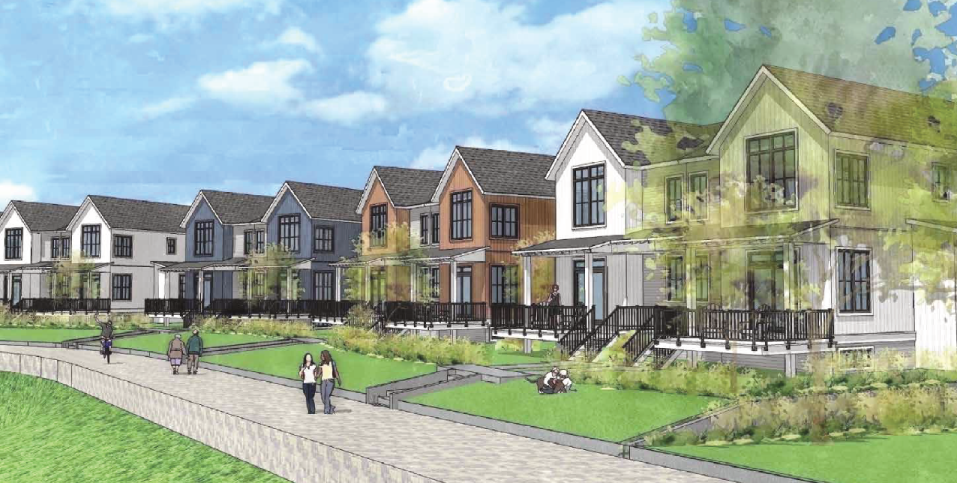 Official Community Plan Amendment Bylaw No. 7982, 2018 and
Official Community Plan Amendment Bylaw No. 7982, 2018 and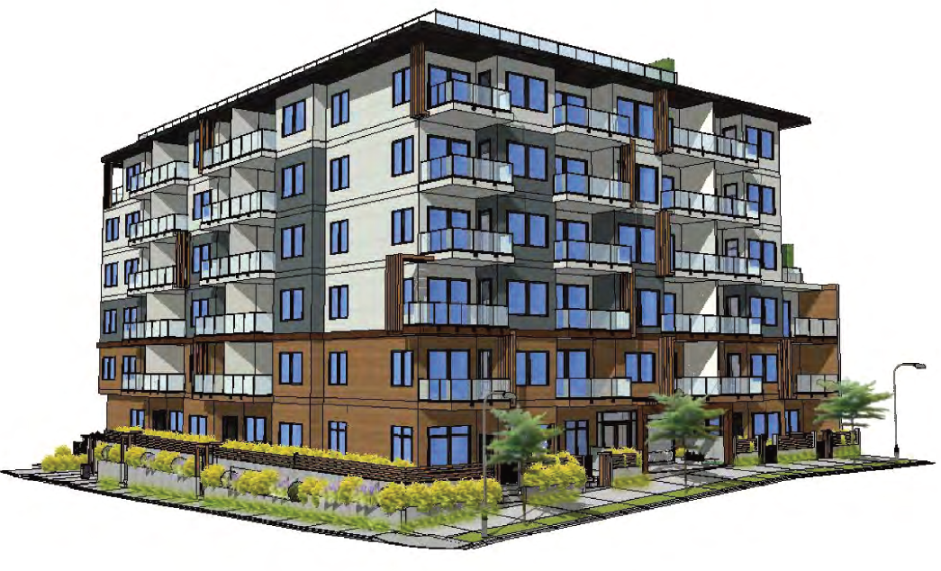 Zoning Amendment Bylaw No. 7996, 2018
Zoning Amendment Bylaw No. 7996, 2018 Overall, this is a positive development that fills a gap in the Brow neighbourhood and provides a good variety of housing types. Council voted 6-1 in favour of supporting the project.
Overall, this is a positive development that fills a gap in the Brow neighbourhood and provides a good variety of housing types. Council voted 6-1 in favour of supporting the project.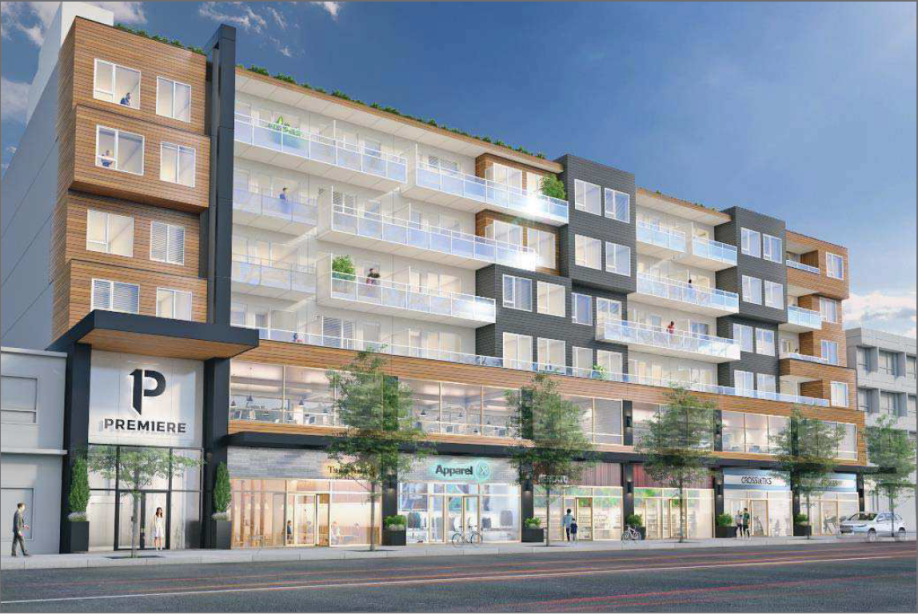 Zoning Amendment Bylaw No. 7995, 2018
Zoning Amendment Bylaw No. 7995, 2018